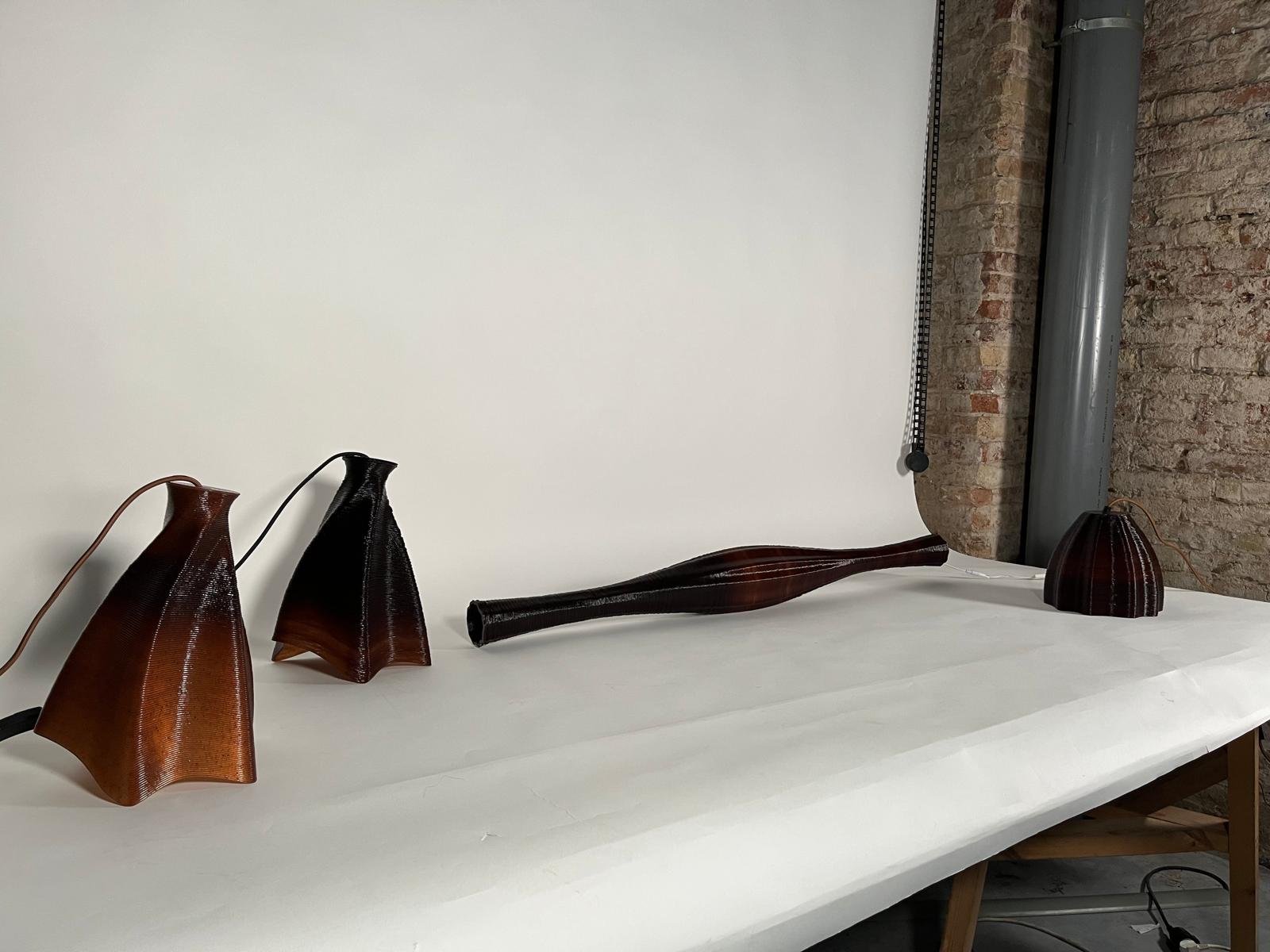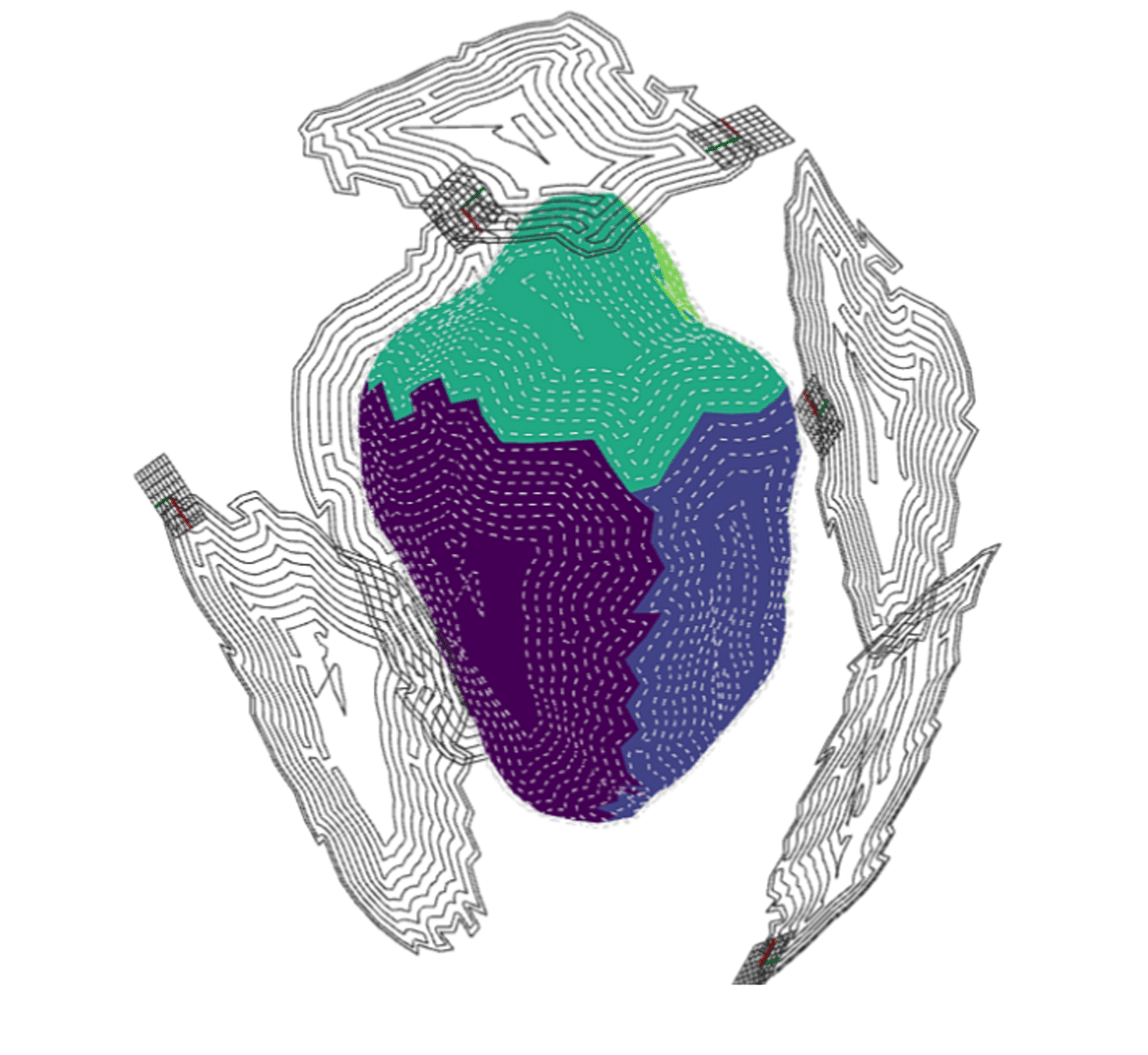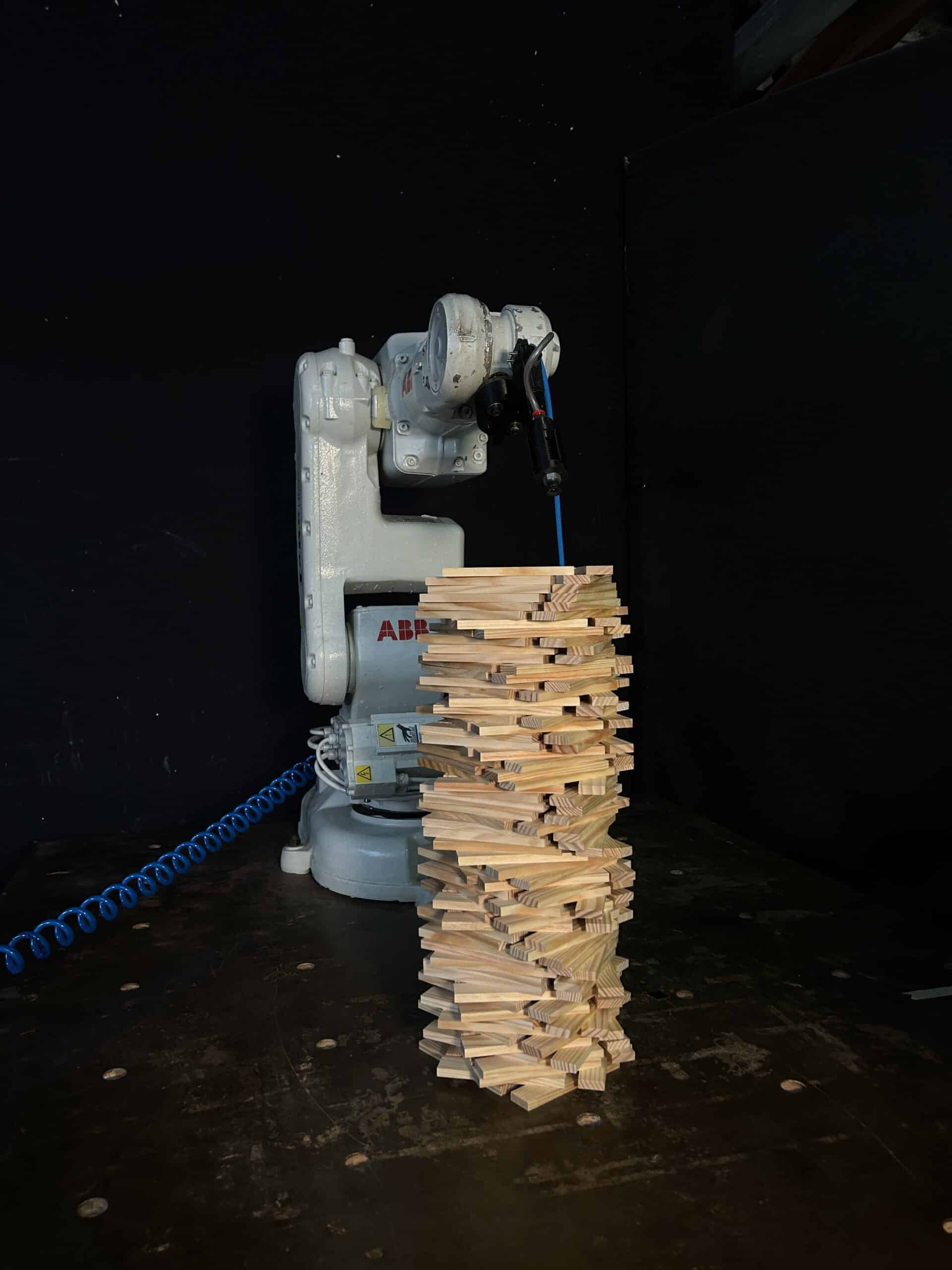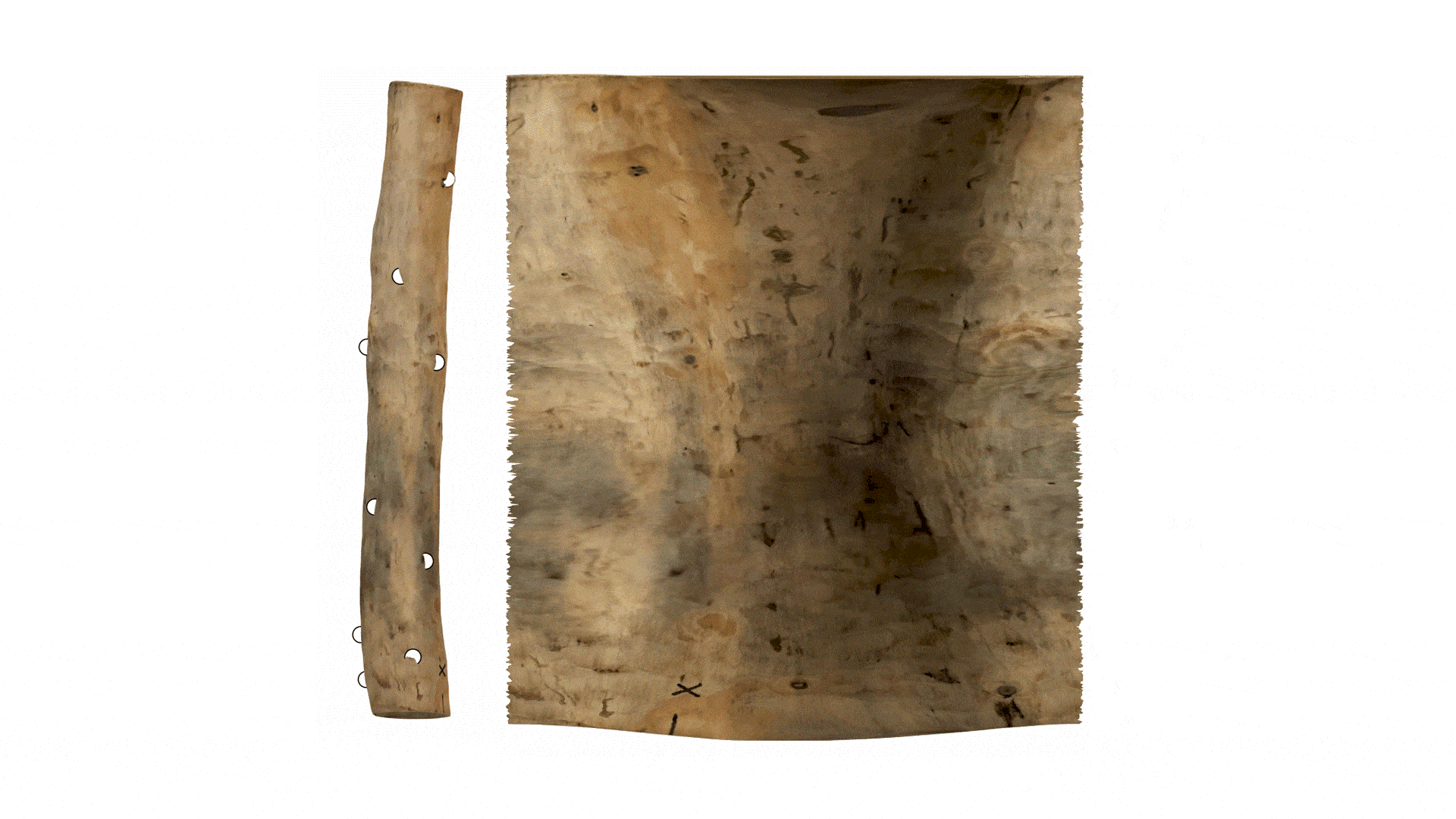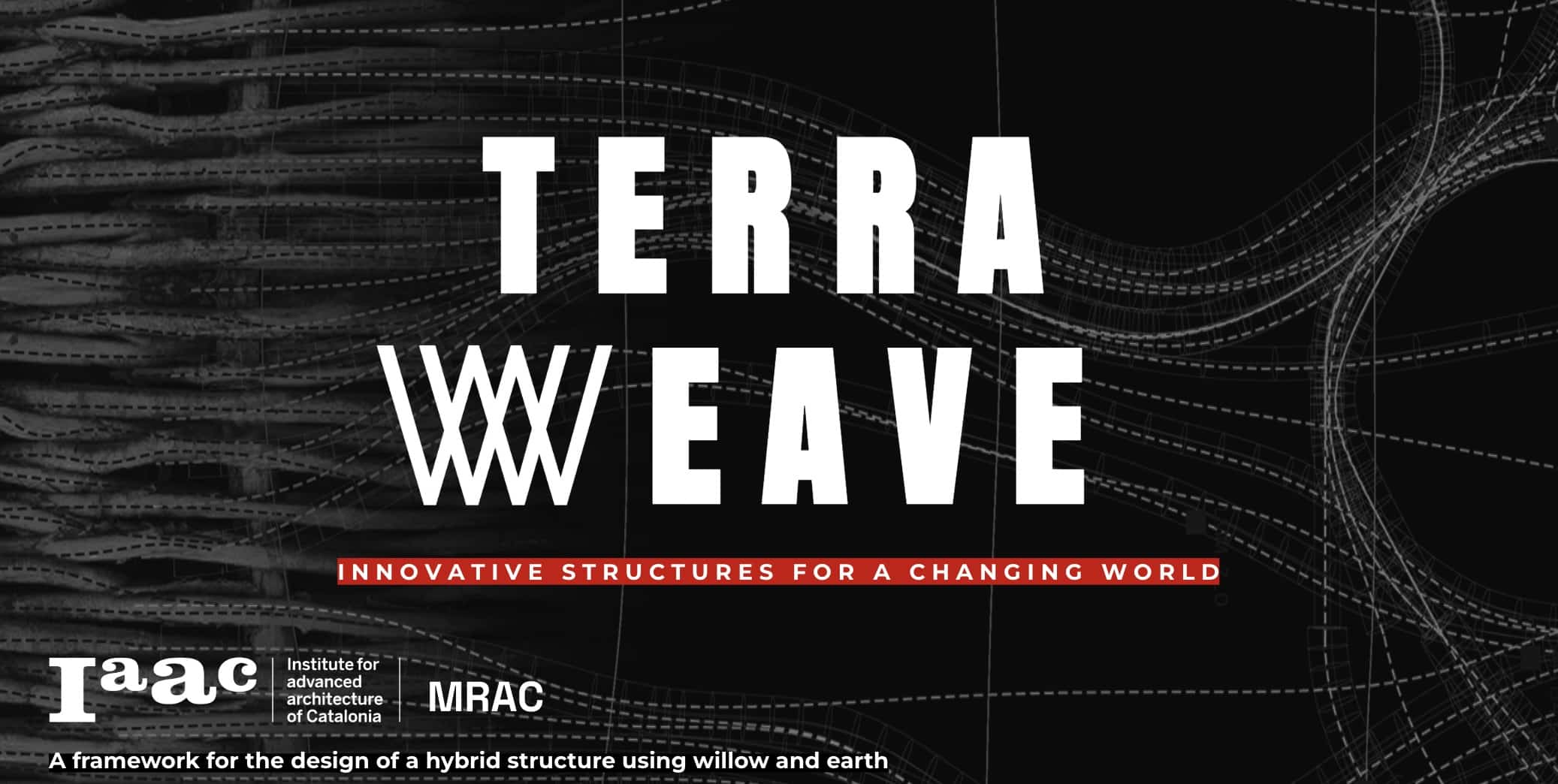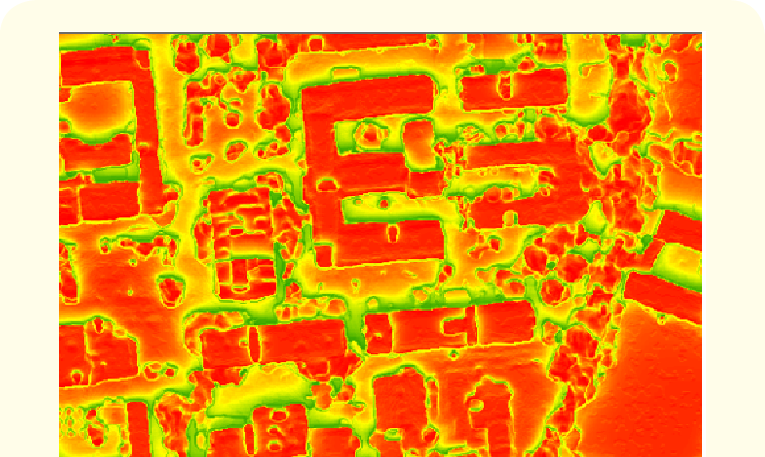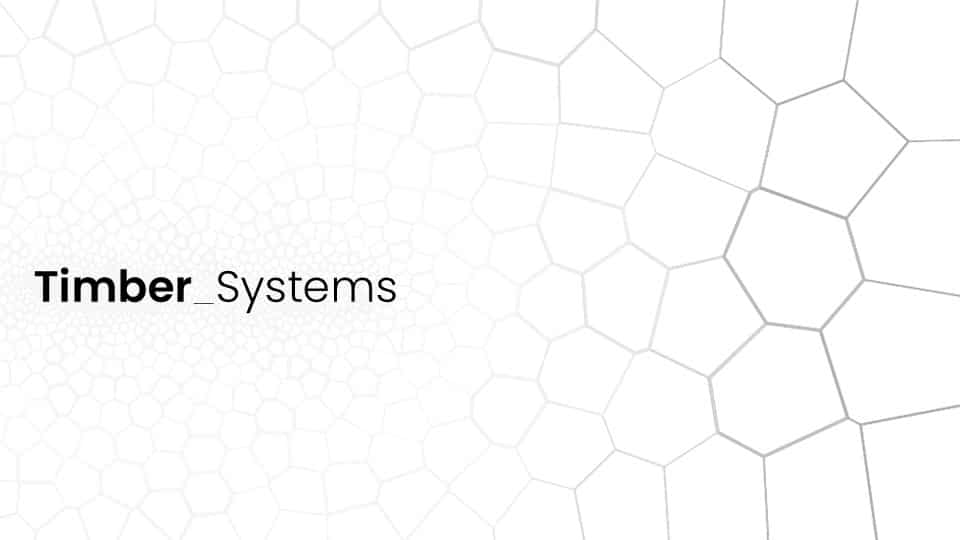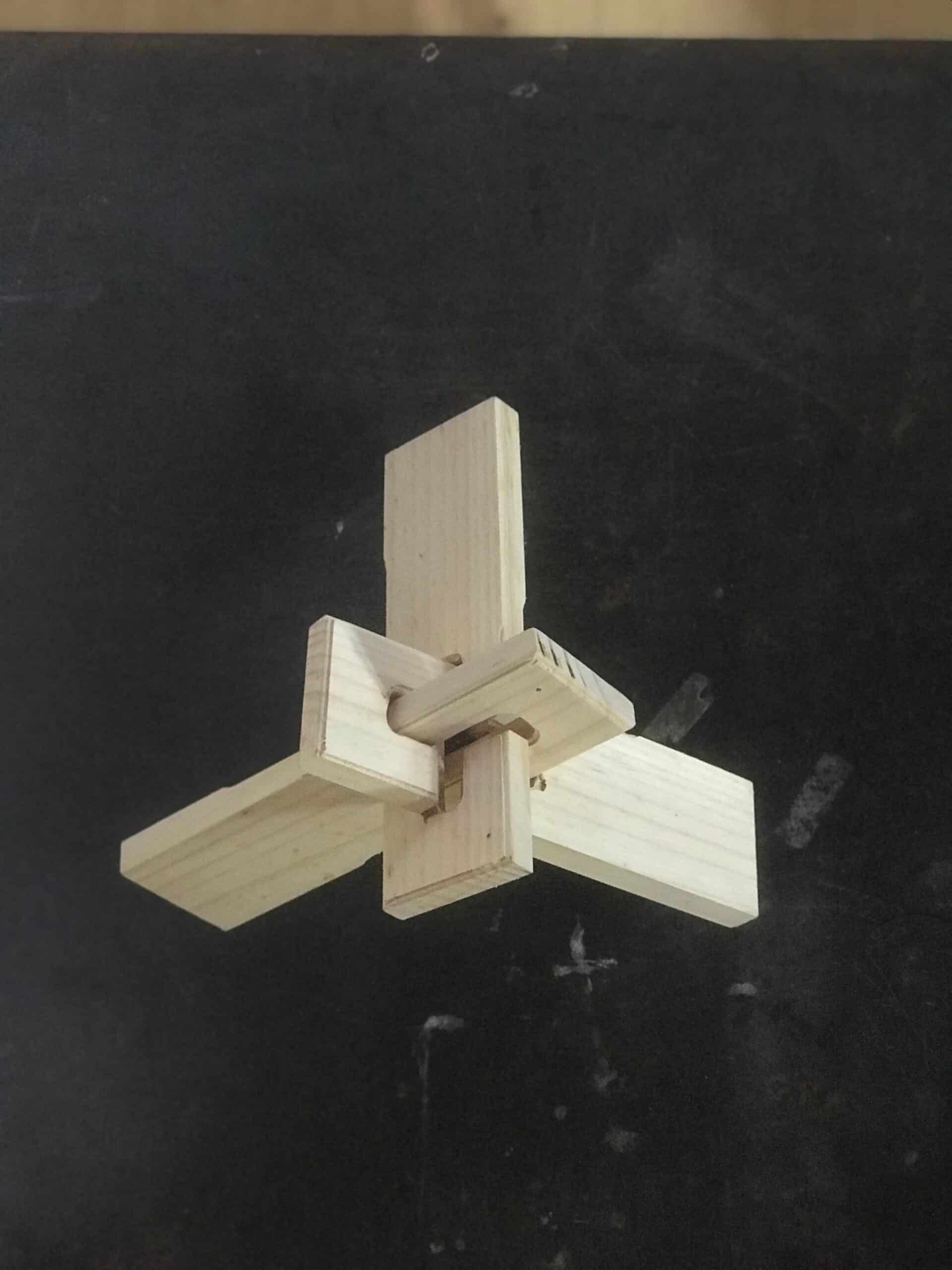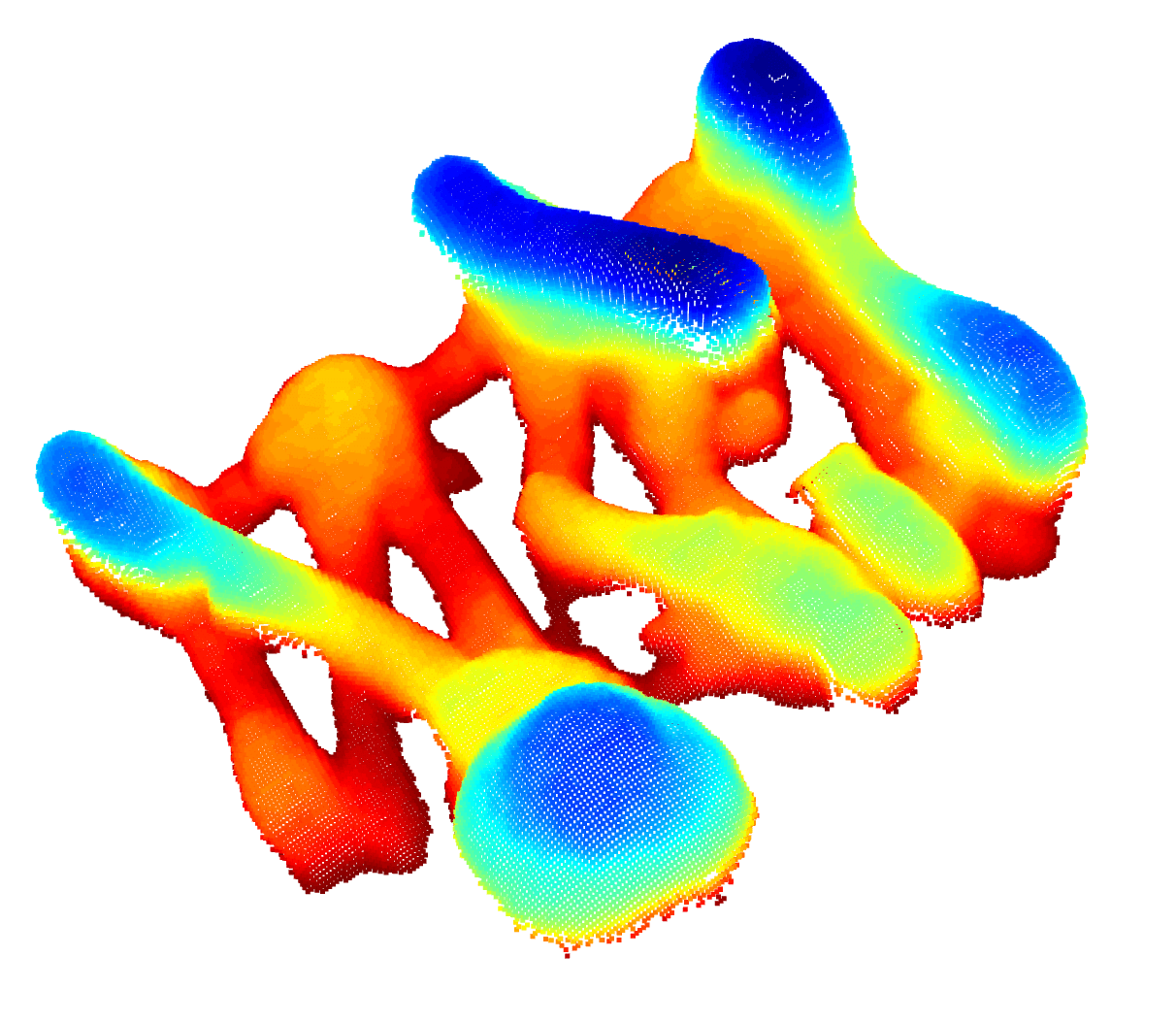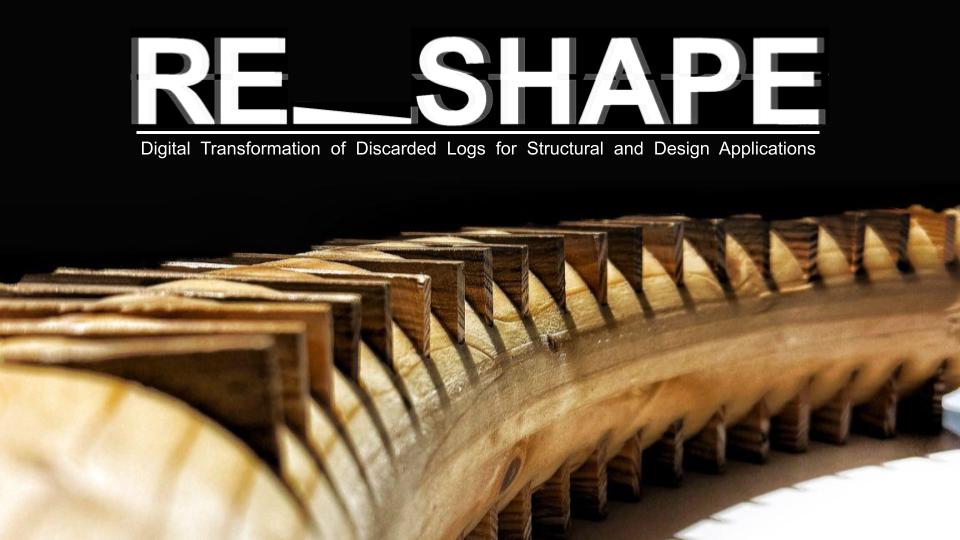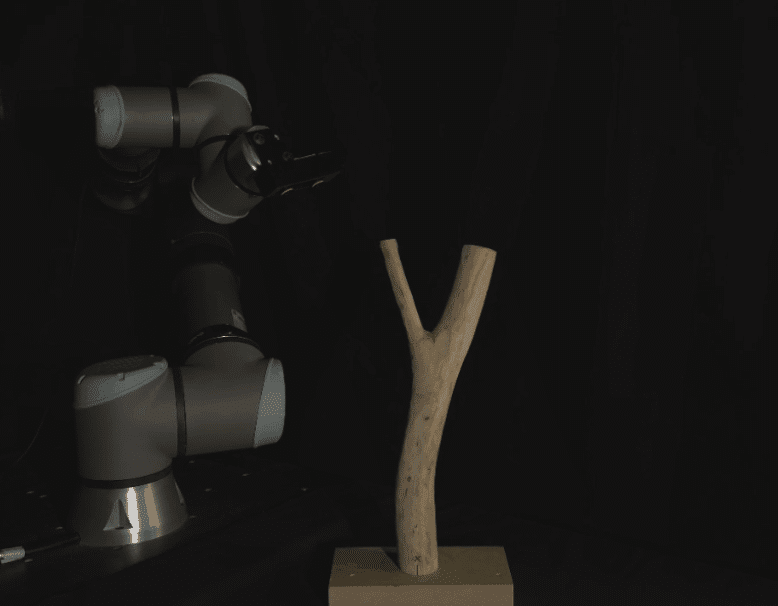Cacau III
1. Research Statement AIM OF RESEARCH: To create a biocomposite material primarily out of Cacau Seed Shell and utilizing PLA as its matrix and use it for robotic additive manufacturing process to produce interior design pieces, following evaluation parameters from circular economy 2. How to add the maximum amount of CSS to PLA Matrix 3. … Read more

